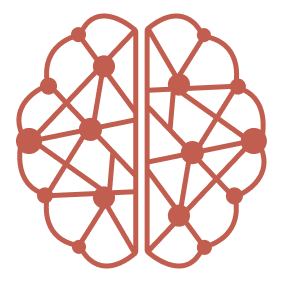Skip to main contentCORE’s memory graph is the foundation of how your digital brain works. Unlike traditional databases that store isolated facts, CORE creates a living network of connected information.
How Your Memory is Structured
Your memory consists of three types of building blocks:
-
Episodes - The raw conversations and interactions you have
- Every chat with Claude, message in Slack, or note you add becomes an episode
- Episodes preserve the original context and serve as the source of truth
-
Entities - The people, places, concepts, and relationships in your world
- Names like “Manik,” concepts like “React,” companies like “TaskMaster”
- Even relationships like “works at” or “prefers” are treated as entities
-
Statements - The specific facts extracted from your episodes
- “Alex works on TaskMaster” or “Manik prefers TypeScript”
- Each statement knows when it became true and links back to its source episode
Why This Structure Matters
This approach gives CORE unique advantages over simple note-taking or search systems:
- Traceable Knowledge: Every fact in your memory can be traced back to the original conversation where you mentioned it
- Smart Connections: When you mention “TaskMaster,” CORE finds not just that word, but all related people, timelines, and decisions connected to your project
- Evolving Understanding: As you have more conversations, CORE builds richer connections between existing entities rather than creating isolated notes
